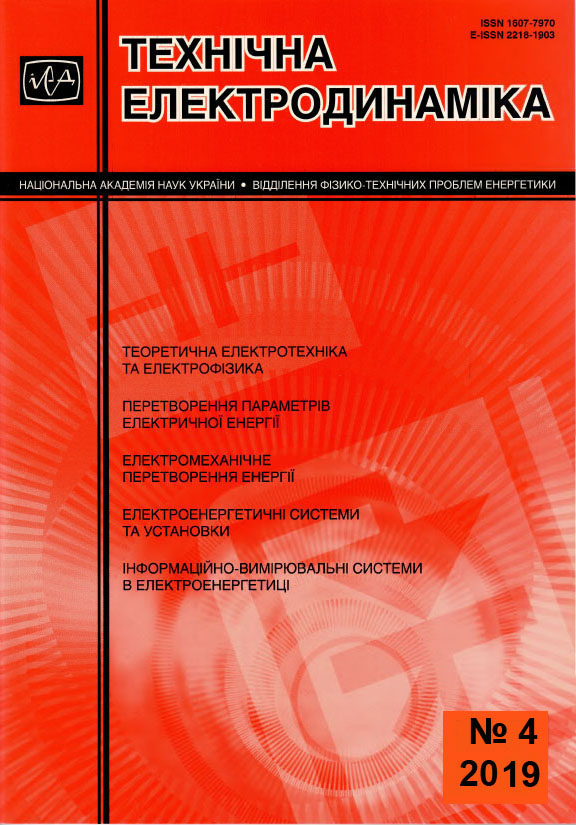Abstract
The article deals with a problem of designing a fuzzy regulator for the stabilizing system of cutting force tangential component, which makes possible to increase the productivity of equipment and the reliability of machine tools. The structure of the fuzzy controller with the input signal of the set value of the cutting force stabilizing component on the basis of the analysis of the structure of fuzzy regulators using different methods of derivation of the output signal is developed. In order to take into account, the effect of allowance changing during the work piece processing of the, it is proposed to use oscillation link at whose input the sequence of impulse functions arrives. Investigation of the dynamic characteristics of the force stabilization system using the MATLAB application package, taking into account the harmonic oscillations of the allowance and the nonlinear dependence of the cutting force on the feed, is performed. The analysis of the obtained transients of cutting force tangential component is carried out. The possibility of practical implementation of the system of cutting force stabilization in the modern machines with semiconductor converters and microprocessor control unit is shown. References 10, figures 6, table 1.
References
Petrakov Yu.V., Melnichuk P.P. Automation of technological processes in engineering by means of micro-processor technology. Zhytomyr, 2001. 194 p. (Ukr)
Vodichev V.A., Montik P.M., Aldairi A.N. System of stabilization of cutting power of metal-working ma-chine tools. Automation of technological and business processes. 2014. No 6 (4). Pp. 62-65. (Ukr)
B. Roszak, E.J. Davison, E.S. Rogers. The servomechanism problem for unknown MIMO LTI positive sys-tems: Feedforward and robust tuning regulators. American Control Conference IEEE. USA, 11-13 June, 2008. Vol. 1. Pp. 4821-4826.
Hao Ying. Fuzzy Control and modeling: Analytical Foundations and Application. Wiley-IEEE Press, 2000. 342 p.
Hengli Liu, Taiyong Wang, Dong Wang. Constant Cutting Force Control for CNC Machining Using Dy-namic Characteristic-Based Fuzzy Controller. Shock and Vibration. 2015. Vol. 2015. Pp. 1-8. DOI: https://doi.org/10.1155/2015/406294
Bosak A.V., Toropov A.V. Investigation of the characteristics of a positional asynchronous electric drive with a fuzzy controller. Proc. XVII International Scientific and Technical Conference Problems of energy saving in electrical engineering systems. Science, education and practice. Kremenchuk, 17-19 May 2016. Vol. 1/2016 (4). Pp. 43-45. (Rus)
Petrakov Yu.V. Automatic control of the processing of materials by cutting. Kyiv: UkrNATRI, 2003. 383 p. (Ukr)
Vasiliev V.S., Vasiliev S.V. Metal cutting – Pseudoharmonic random process. Tool stands. 2003. Vol. 7. Pp. 17-20. (Rus)
Rumbest V.O., Simuta M.O., Gnateyko N.V., Stefan N.I. Analysis of loss of dynamic stability of mechani-cal processing. Bulletin of the Kiev National University of Technology and Design. 2013. No 3. Pp. 46-51. (Ukr)
Dohyun Kim, Doyoung Jeon. Fuzzy-logic control of cutting forces in CNC milling processes using motor currents as indirect force sensors. Precision Engineering. 2011. Vol. 35. Pp. 143–152.

This work is licensed under a Creative Commons Attribution-NonCommercial-NoDerivatives 4.0 International License.
Copyright (c) 2022 Array






